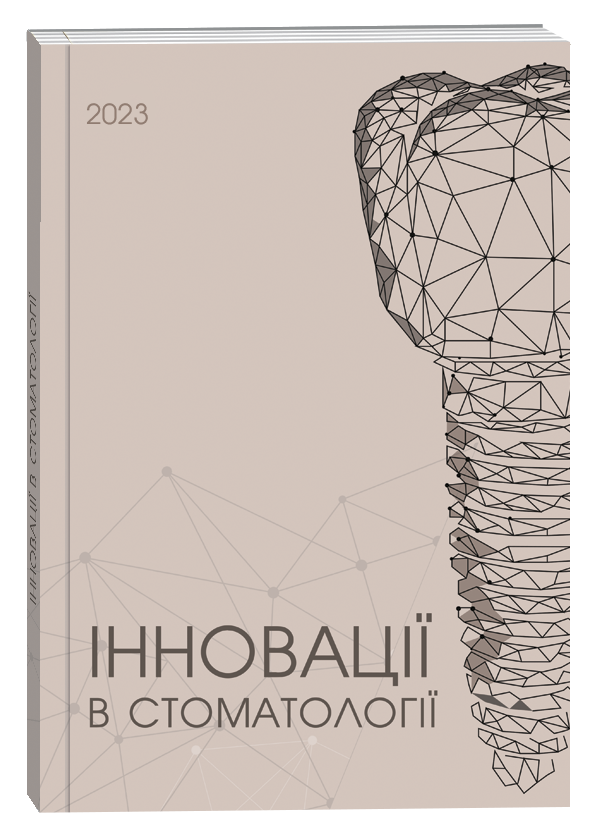ASSESSMENT OF METABOLIC PARAMETERS IN PATIENTS WITH TYPE I AND TYPE II DIABETES MELLITUS AGAINST THE BACKGROUND OF AUTOIMMUNE THYROIDITIS DURING TREATMENT AND PREVENTION MEASURES
DOI:
https://doi.org/10.35220/2523-420X/2025.1.3Keywords:
vitamin D3, diabetes mellitus, autoimmune thyroiditis, adult patients, metabolic disordersAbstract
The comorbid coexistence of type I and type II diabetes mellitus (DM) with autoimmune thyroiditis (AIT) is accompanied by multifaceted metabolic disturbances that affect carbohydrate, lipid, and calcium-phosphate metabolism and indirectly modulate oral-tissue pathology. Accumulated epidemiological evidence confirms an elevated risk of periodontal inflammation in DM, which rises further in the presence of autoimmune processes.Timely assessment of key biochemical markers enables prompt therapeutic adjustment and lowers the probability of complications.Aim of the study was to evaluate metabolic parameters in patients with type I and type II diabetes mellitus in the setting of autoimmune thyroiditis during treatment and prevention measures.Materials and methods. The study involved 105 people (aged 24 to 60 years) divided into 2 groups: 46 patients with type I diabetes and AIT, 59 patients with type II diabetes and AIT. The complex therapy included standard hypoglycemic treatment, L-thyroxine, cholecalciferol (2,000–4,000 IU/day for 2 months twice a year), phonophoresis, and local UV irradiation. Dynamic determination of ionized/total calcium, parathyroid hormone (PTH), glycemia, HbA1c, insulin, triglycerols, and cholesterol was performed.Statistical analysis of the obtained data was performed using Student’s t-test at p < 0.01.Results. After two months, the type I DM + AIT group exhibited significant reductions in PTH (−39.6 %; p < 0.001) and insulin (−42.6 %; p < 0.001), alongside an increase in total calcium (+13.7 %; p < 0.1); post-prandial glycaemia decreased by 19.2 % (p < 0.005). In the type II DM + AIT group, total calcium rose significantly (+22.0 %; p < 0.05), while PTH (−25.3 %; p < 0.05), insulin (−64.2 %; p < 0.001), and post-prandial glycaemia (−29.5 %; p < 0.001) declined. Both groups showed a trend toward lipid-profile improvement.Conclusions. Correcting profound 25(OH)D3 deficiency as part of individualised therapy for patients with type I/II DM and AIT normalises calcium-phosphate homeostasis, significantly attenuates secondary hyperparathyroidism, and improves carbohydrate metabolism, indicating that cholecalciferol is an important pathogenetic component in the management of this comorbid condition.
References
Ziukaite L., Slot D. E., Van der Weijden F. A. Prevalence of diabetes mellitus in people clinically diagnosed with periodontitis: A systematic review and meta-analysis of epidemiologic studies. J Clin Periodontol. 2018. № 45(6). Р. 650–662. doi: 10.1111/jcpe.12839
Zheng M., Wang C., Ali A., Shih Y. A., Xie Q., Guo C. Prevalence of periodontitis in people clinically diagnosed with diabetes mellitus: a meta-analysis of epidemiologic studies. Acta Diabetol. 2021. 58(10). Р. 1307–1327. doi: 10.1007/s00592-021-01738-2
Nascimento G. G., Leite F. R. M., Vester- gaard P., Scheutz F., López R. Does diabetes increase the risk of periodontitis? A systematic review and meta-regression analysis of longitudinal prospective studies. Acta Diabetol. 2018 № 55(7). Р. 653–667. doi: 10.1007/s00592-018-1120-4.
Pérez-Losada F. L., Estrugo-Devesa A., Castellanos-Cosano L., Segura-Egea J. J., López-López J., Velasco- Ortega E. Apical Periodontitis and Diabetes Mellitus Type 2: A Systematic Review and Meta-Analysis. J Clin Med. 2020. № 9(2). Р. 540. doi: 10.3390/jcm9020540
Рогач І. М., Керецман А. О., Сіткар А. Д. Правильно вибраний метод статистичного аналізу – шлях до якісної інтерпретації даних медичних досліджень. Науковий вісник Ужгородського університету. 2017. Вип. 2. С. 124–128.







